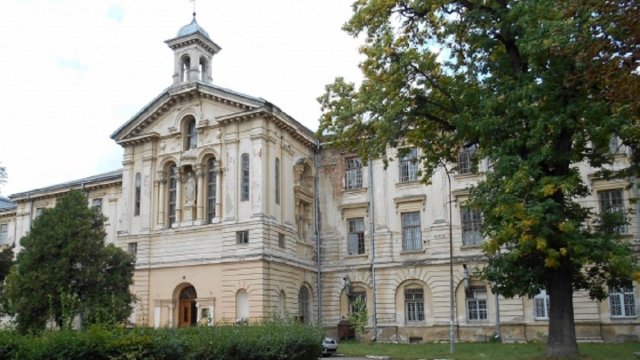Since July 1, some changes have been made in the financing of medical institutions that provide specialized and highly specialized medical care, according to the National Health Insurance Fund. There are currently three changes.
- Tariffs for emergency medical services, treatment of acute heart attack and stroke have increased
The new tariffs will apply to services that will be provided from July. In particular, the tariff for emergency medical services increased to UAH 16,393. From April to June 30, it amounted to UAH 11,661.
From July, UAH 30,108 (UAH 1,6001) and UAH 26,947 (UAH 19,332) will be allocated for the treatment of heart attacks.
According to these tariffs, medical institutions will not be paid by the patient, but by the National Health Insurance Fund.
Next week, after the medical institutions report for the second quarter, the National Health Insurance Fund will start concluding additional agreements with them for the provision of these services at the new rates.
- Payments to medical institutions under the packages "Surgical operations in inpatient conditions" and "Inpatient care without surgical operations" were continued
Due to the extension of the quarantine caused by the coronavirus epidemic, payments to medical institutions at the global rate under the packages "Surgical operations in inpatient conditions" and "Inpatient care without surgical operations" were continued until October 1.
As explained to ZAXID.NET by the Deputy Director of the Contractual Work Department of the National Health Insurance Fund Oleksandra Mashkevych, medical institutions have switched to a new financing mechanism and it is carried out at the expense of different tariffs. They receive a global rate - a fixed amount that a particular institution receives, regardless of how many patients it has provided. The second type of tariff is for the treated case. The more patients sought medical attention, the more money he received.
It was previously estimated that for the first three months (April to July), while institutions relocate to the new conditions, they will receive funding at a global rate, ie, a clearly defined amount. And from July 1, 90% at the global rate and 10% - for the treated case, next month 80% and 20% and so on.
However, the coronavirus epidemic has made its adjustments. People began to turn to hospitals less, there were fewer scheduled hospitalizations, so the government, at the request of the Ministry of Health, decided (Cabinet resolution of June 19) to continue funding medical facilities under the above packages at a global rate until October 1. Funding at the rate for the treated case will be provided from October 1 at a rate of 90% at the global rate and 10% - for the treated case.
- Medical facilities with a medical subvention greater than funding under the Health Guarantee Program will co-finance
According to Oleksandra Mashkevych, the government has envisaged concluding agreements with the National Health Insurance Fund on the transitional financing of those medical institutions that, according to the State Treasury, received more funding under the medical subvention than under the Medical Guarantees Program. This applies mainly to psychiatric hospitals, anti-tuberculosis hospitals, dispensaries, etc.
The State Treasury must provide the National Health Insurance Fund with data on which subvention medical institutions received in the first quarter of 2019. If the subvention was greater than the funding under the Medical Guarantee Program, such medical facilities will receive a surcharge. Each surcharge will be different.
The surcharge to medical institutions will be calculated as follows. The amount of the subvention for the first quarter of 2019 will be multiplied by three (medical reform began in the second quarter, so three quarters are taken into account), the amount of funding under the agreement with the NHS will be deducted, except for coronavirus packages, and the amount that the NHS must pay to a particular medical institution says Alexandra Mashkevich.
And in order to receive additional funding, Oleksandra Mashkevych emphasizes. Heads of medical institutions should draw up a plan for the development of the medical institution according to the standard form developed by the Ministry of Health. This plan must be approved by the owner or hospital board of the hospital district to which the facility belongs. The plan prescribes the indicators of efficiency that should be achieved by this or that medical institution. And the amount of co-financing will depend on the implementation of these indicators.
Link to the original article: NSZU has increased tariffs for the treatment of heart attacks, strokes and emergency services
